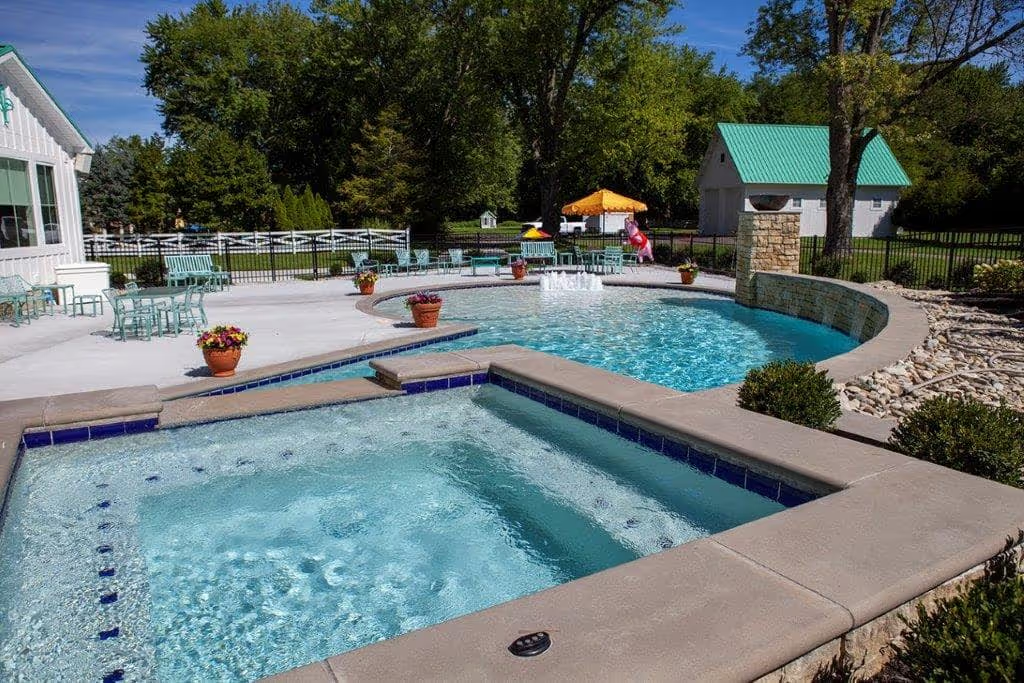- Stone Center
- Blog
Landscaping with Gravel: 12 Stunning Ideas and Expert Tips to Elevate Your Property
17/12/2025
12/17/2025
Landscaping with Gravel: 12 Stunning Ideas and Expert Tips to Elevate Your Property

Are you tired of endless lawn maintenance? Gravel landscaping offers a low-maintenance, stylish solution that can transform your outdoor space. From sleek modern to rustic charm, gravel comes in a variety of shapes, sizes, and colors to suit any style.
Stone Center is your premier source for top-quality gravel and stone aggregates. We're here to help you unlock the full potential of gravel in your outdoor designs.
Benefits of Using Gravel in Landscaping
Gravel offers numerous advantages over other groundcovers and hardscaping materials:
- Low maintenance: Unlike grass lawns, gravel requires no watering, fertilizing, or mowing.
- Versatility: Gravel is perfect for paths, patios, driveways, garden beds, water features, and more.
- Quick installation: Compared to pavers or concrete, gravel is less labor-intensive to install. You can lay gravel directly on soil with proper preparation, though adding landscape fabric helps prevent weed growth and keeps the gravel from sinking.
- Excellent drainage: Gravel's permeability allows for good drainage and prevents water pooling. This makes it ideal for managing rainwater runoff in areas prone to erosion.
These benefits make gravel an excellent choice for homeowners, contractors, and landscapers looking to create beautiful, functional outdoor spaces with minimal ongoing maintenance requirements.
Creative Ideas for Landscaping with Gravel
So, what is gravel used for? You might be surprised by the versatility of this material! Gravel has numerous applications in landscaping. There are some gravel landscaping ideas:
1. Create a Cozy Fire Pit Surround with Gravel

Elevate your outdoor living space with a stunning and safe gravel fire pit surround. Fire-resistant river rock and pea gravel add texture, visual interest, and a cozy ambiance to your patio or backyard. Natural stone fire pits combined with decorative gravel create the perfect gathering space for family and friends.
2. Create Low-Maintenance Gravel Flower Beds

Alpine, rock, and gravel gardens are ideal for low-maintenance landscaping, especially in areas with poor soil or unstable weather. Gravel mulch is a long-lasting, pest-resistant option that helps retain soil moisture and maintains its shape longer, reducing the need for edging. Consider using loose gravel mixed with pebbles or colorful pea gravel for a stunning and practical flower bed.
Pro tip: The rule of three in landscaping, grouping plants and elements in odd numbers, works beautifully with gravel beds to create natural, balanced compositions.
3. Opt for Long-Lasting Gravel Mulch
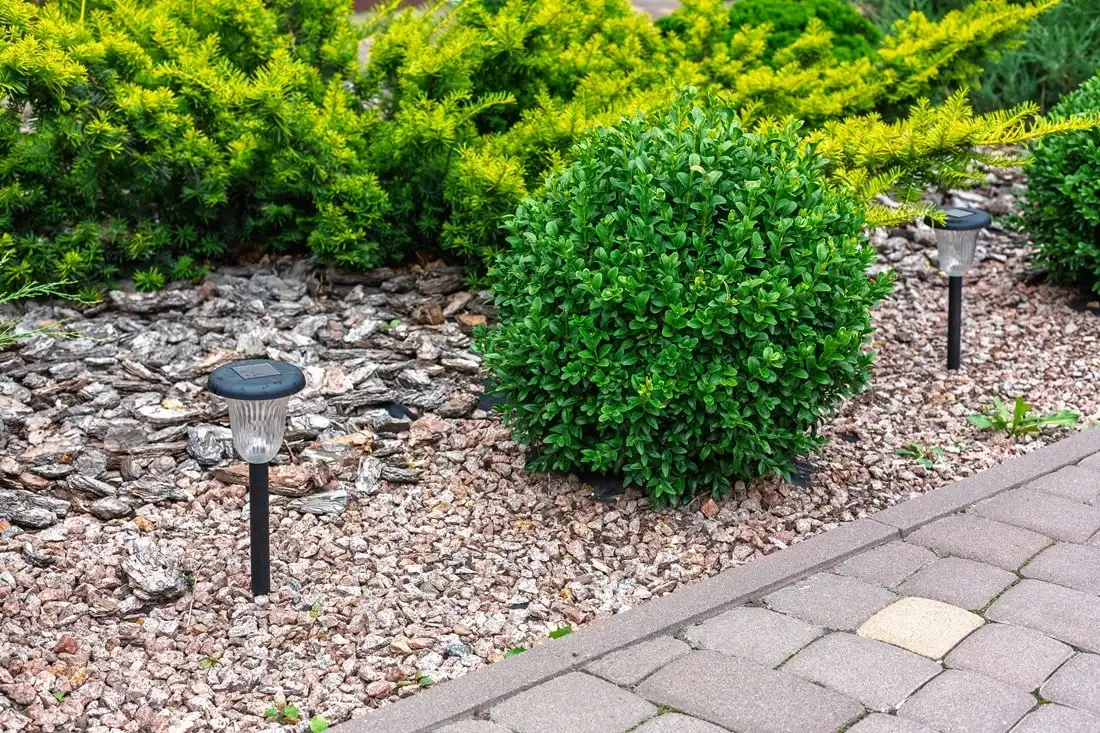
Gravel mulch can last up to 100 years, preserving soil moisture and suppressing weeds. It's fireproof and protects against erosion while maintaining consistent temperatures for plant growth. The U.S. Department of Agriculture (USDA) recommends using gravel mulch around trees and shrubs to prevent weed growth and improve soil health. You can also use it around trees, in beds, and as a functional accent.
4. Replace Your Lawn with Eco-Friendly Gravel
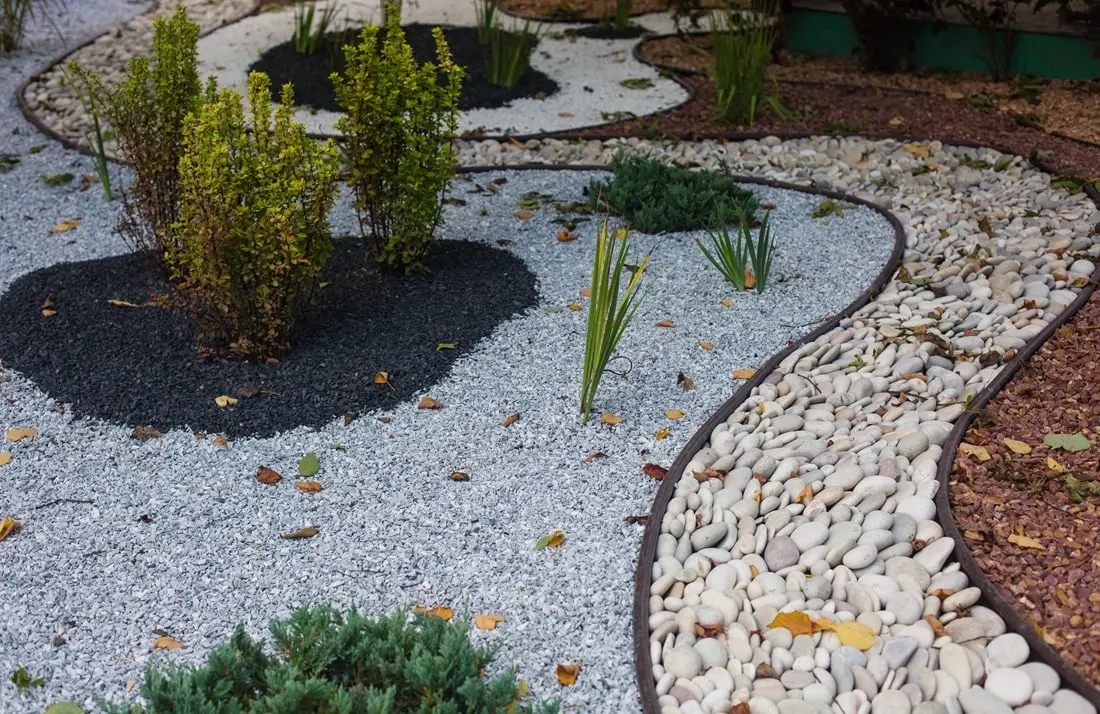
Garden gravels are a low-maintenance, water-saving alternative to traditional grass lawns — perfect for Ohio's variable climate. They reduce the need for constant upkeep, which benefits the environment and your wallet. Gravel decorative landscaping is an excellent option for both modern and traditional yard designs, especially in areas where grass struggles to thrive.
5. Create a Grand Gravel Entryway

Make a lasting first impression with a grand gravel entryway. Our durable and attractive gravel options, such as decomposed granite or crushed stone, can be used to create a welcoming and low-maintenance entrance to your home. Combine gravel with stepping stones, boulders, and landscaping lights for a truly impressive entryway design.
6. Add Charm with a Gravel Path
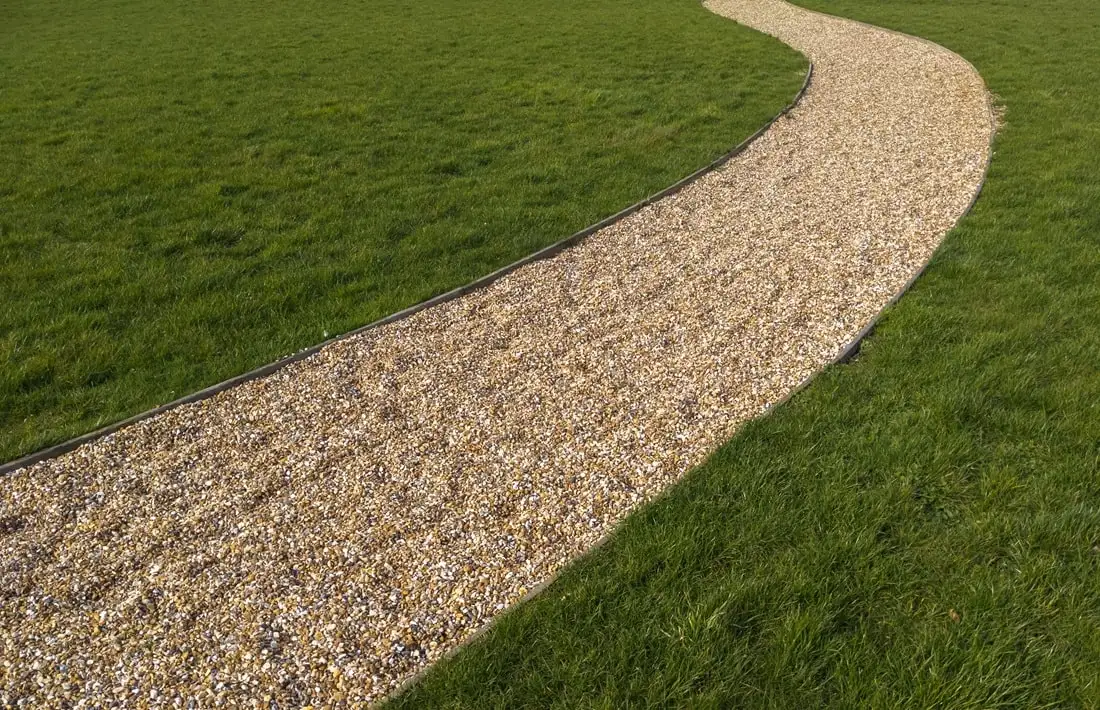
Gravel paths are easy to install, and they add texture and character to your outdoor space. They provide structure, guide visitors, and protect plants. Combine gravel with stepping stones or flagstone for a rustic, charming walkway. To achieve the best results, install sturdy edging along the borders to keep lightweight gravel contained and maintain clean lines.
7. Enhance Your Patio with Decorative Stone

Use gravel to fill gaps between pavers, cover edges, and surface patios. The unique texture and aesthetic appeal of small stone aggregates can elevate any patio area to create an inviting space for family gatherings and seating. Pea gravel is especially popular for patio accents, as its smooth, rounded shape is comfortable underfoot.
8. Define Borders with Colorful Pea Gravel
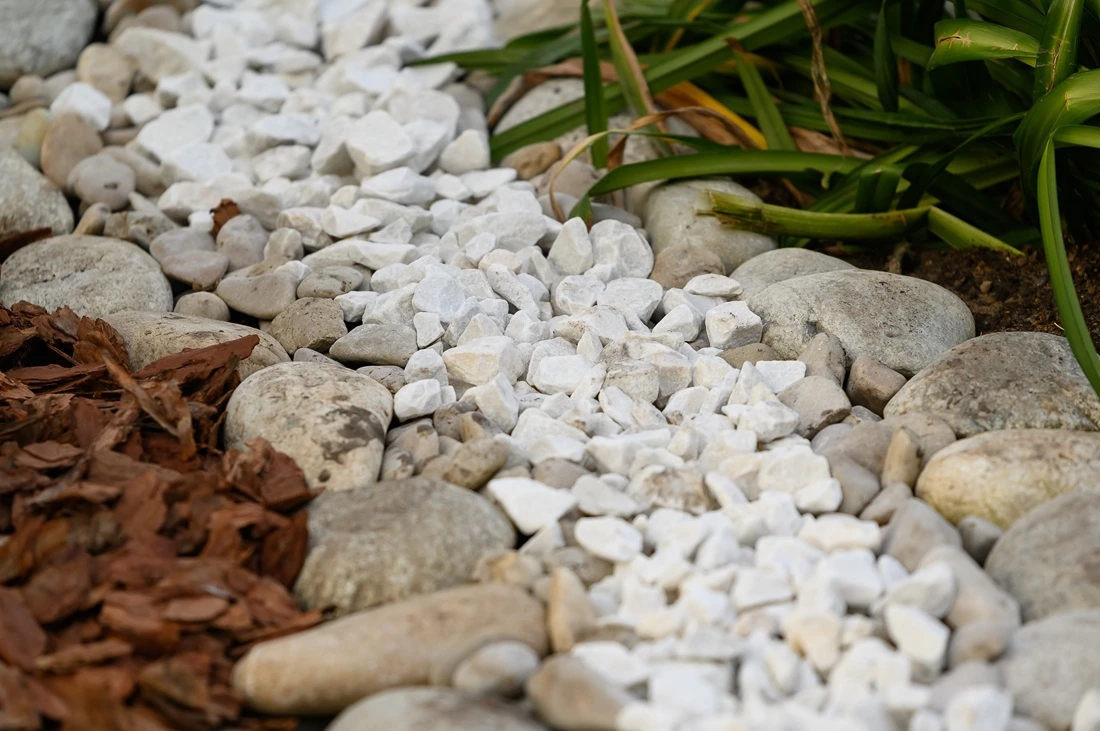
Pea gravel in various colors can create finished-looking borders for flower beds while slowing soil erosion. Choose hues that complement your plants, pavers, and other hardscaping elements for a cohesive landscape design. White, tan, and gray tones work beautifully in contemporary designs, while earth-toned varieties blend seamlessly with natural garden settings.
9. Design a Luxurious Gravel Pool Deck

Transform your pool area into a resort-style oasis with a gravel pool deck. Our non-slip, heat-resistant gravel options provide a comfortable and stylish surface for lounging and entertaining. Choose from a variety of colors and sizes to create a custom look that matches your pool's aesthetic.
10. Dry Creek Beds for Drainage

Dry creek beds combine functionality with natural beauty by directing rainwater runoff through decorative gravel channels. Mimic the appearance of a streambed by using a variety of gravel sizes. This landscape design element prevents erosion while adding visual interest to slopes and low-lying areas where water naturally collects. Many backyard water features incorporate dry creek beds as functional design elements.
11. Gravel for Dog Runs and Side Yards

Landscaping using gravel is an excellent solution for high-traffic pet areas and narrow side yards. Pea gravel provides a clean, comfortable surface for dogs while offering excellent drainage that prevents muddy messes. The smooth, rounded stones are gentle on paws, and regular raking keeps the area fresh. This is an example of a practical application that works especially well in spaces where grass won't grow or requires too much maintenance.
12. Zen Gardens and Ornamental Accents
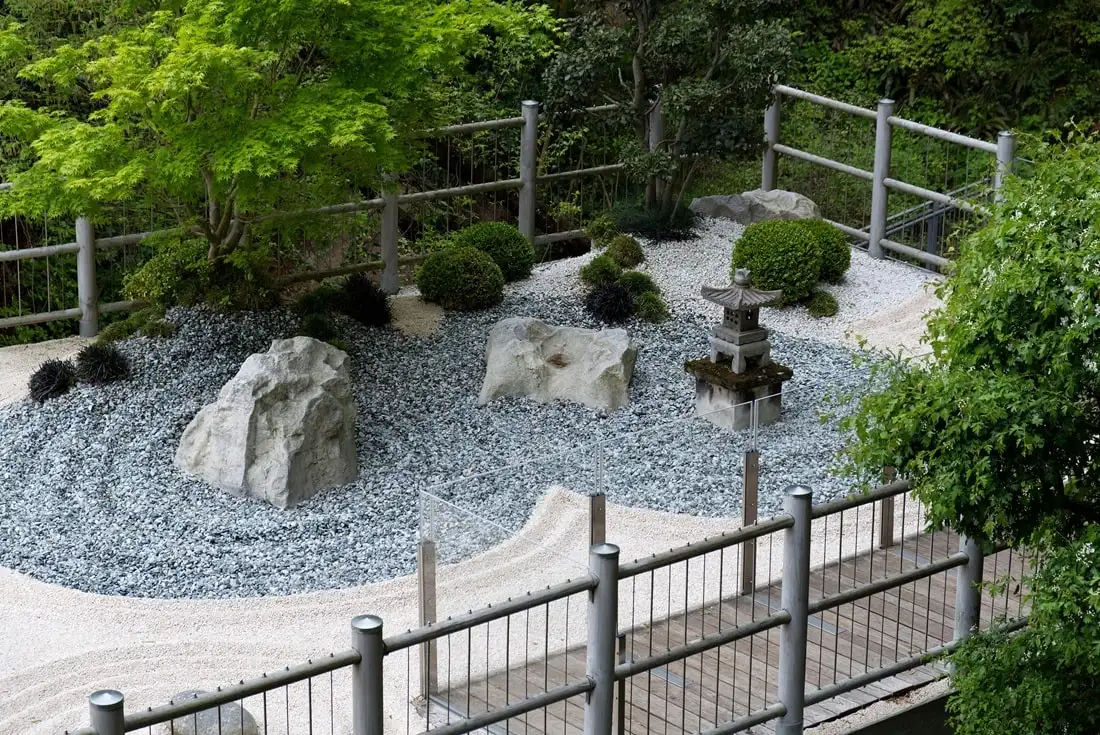
Create a serene meditation space with carefully raked gravel surrounding sculptural plants, boulders, and water features. Japanese-inspired Zen gardens use fine crushed stone or decomposed granite to form patterns that represent flowing water. This minimalist approach to gravel for backyard landscaping emphasizes texture, form, and tranquility, perfect for creating peaceful retreats in modern outdoor spaces.
Choosing the Right Gravel for Your Project
Not all gravel performs the same way in landscaping applications, which is why we recommend that you understand the characteristics of different types of gravel. This knowledge helps you select the best gravel for landscaping based on your specific needs.
Here are the most popular options for landscapes:
- Pea gravel: Small, smooth stones (¼–½") in earth tones. Comfortable underfoot — great for patios, paths, and play areas. Requires edging due to shifting.
- River rock: Rounded stones (1–3") with a natural look. Ideal for dry creek beds, fire pit surrounds, and water features. Not suited for high-traffic areas.
- Crushed stone: Angular, crushed stones (¾–1") that compact well and offer stability. Ideal for driveways and patio bases. Key differences between crushed stone and gravel include shape and compaction.
- Decomposed granite: Fine crushed granite that forms a firm surface. Great for paths and patios, but can track indoors and erode without drainage.
- Limestone gravel (#9 and #57): Crushed limestone in two sizes: #9 for walkways, #57 for driveways and drainage.
With the right gravel type, you can ensure your project performs as intended while maintaining its appearance over time.
Common Mistakes to Avoid When Using Gravel
Even experienced landscapers make mistakes that compromise gravel installations. Understanding these common pitfalls helps ensure your project succeeds from the start.
#spoilers_start
Skipping Proper Base Preparation
The most frequent mistake is laying gravel directly on unprepared soil, which leads to sinking, weed growth, and uneven surfaces. Before installing gravel for front yard or backyard landscaping, start by removing existing vegetation and digging out the area to a depth of 3-4 inches.
Compact the soil to create a stable base, then lay down landscape fabric or a geotextile barrier to prevent weeds while allowing drainage. Then, add a 2-3 inch layer of crushed stone as a base before spreading your decorative gravel on top. This foundation keeps your gravel stable and prevents it from mixing with the soil underneath.
Forgetting to Install Edging
Without proper edging, lightweight gravel migrates into lawns, garden beds, and neighboring properties. Install sturdy borders using metal, plastic, or stone edging to contain gravel and maintain clean lines. This is especially important for pea gravel and other smooth, rounded stones that shift easily. Landscaping with boulders along borders can provide natural-looking edging while adding visual interest.
Inadequate Drainage Planning
Poor drainage causes water to pool on gravel surfaces or wash material away during heavy rain. Ensure proper slope (minimum 1% grade) away from structures and consider where water will flow before installing your gravel landscape. For areas with significant runoff, incorporate dry creek beds or French drains to manage water effectively.
#spoilers_end
Ready to calculate your project needs? Use our gravel calculator to estimate material quantities accurately and avoid ordering too much or too little for your landscaping project.
Transform Your Outdoor Space with Quality Stone
It's clear that gravel landscaping offers endless possibilities for creating striking, low-maintenance outdoor spaces. From pea gravel patios to river rock gardens and decorative pathways, there's a gravel option to suit any style. Incorporate a fire pit, water feature, or seating area to make the most of your gravel landscape.
Stone Center's expert team can help you choose the right gravel for your project, whether you're installing a new driveway, creating a stunning front yard, or reimagining your backyard oasis. Contact us today to discuss your project!
FAQ
.avif)
Jon, the owner of Stone Center, is a knowledgeable expert in natural stone products, specializing in various types of stone for landscaping and architectural projects. Passionate about promoting the beauty and versatility of natural stone, Jon aims to use these blogs to inspire readers with creative ideas to upgrade their homes.
How much does it cost to get a stone restored?
How much you end up spending to restore stone varies on the type of stone, the technique, and the stone’s current condition. Stone in good condition will cost less to restore, whereas stone that has a lot of wear and tear may require a longer restoration.






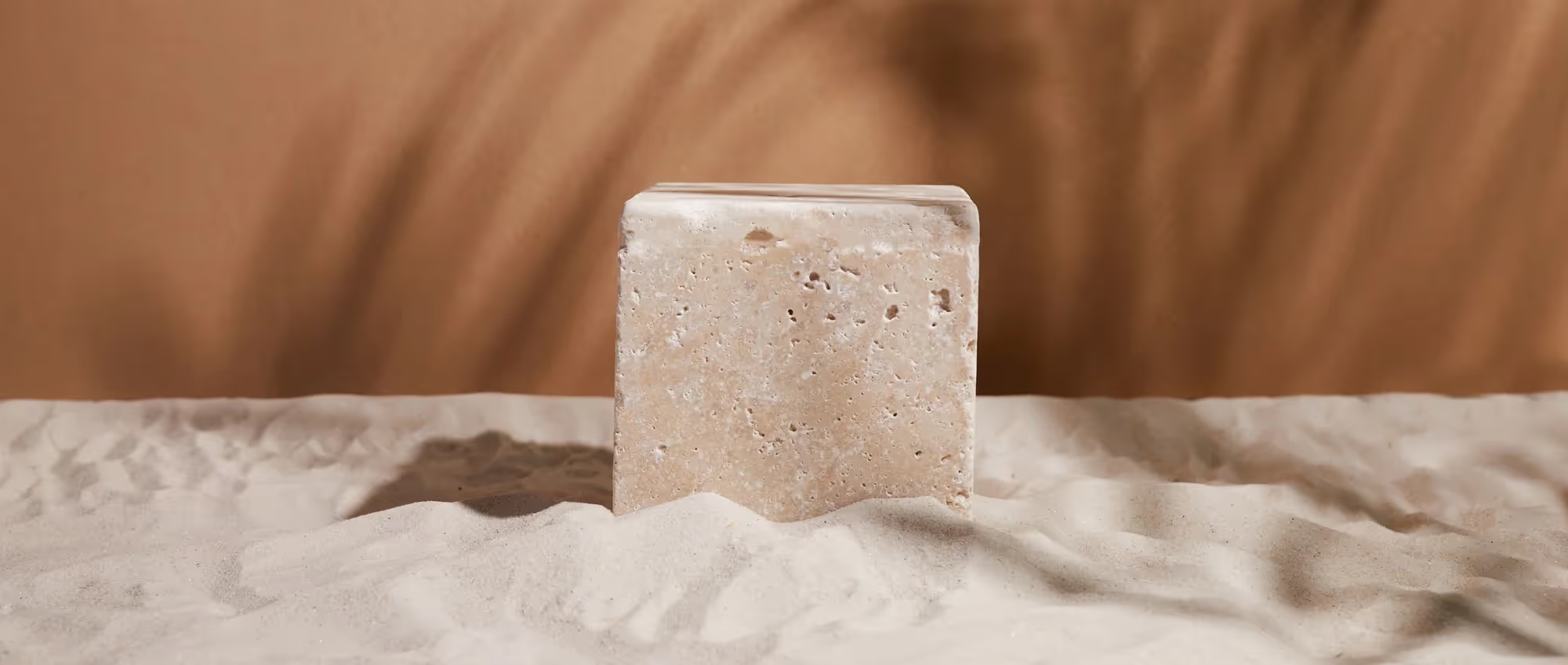

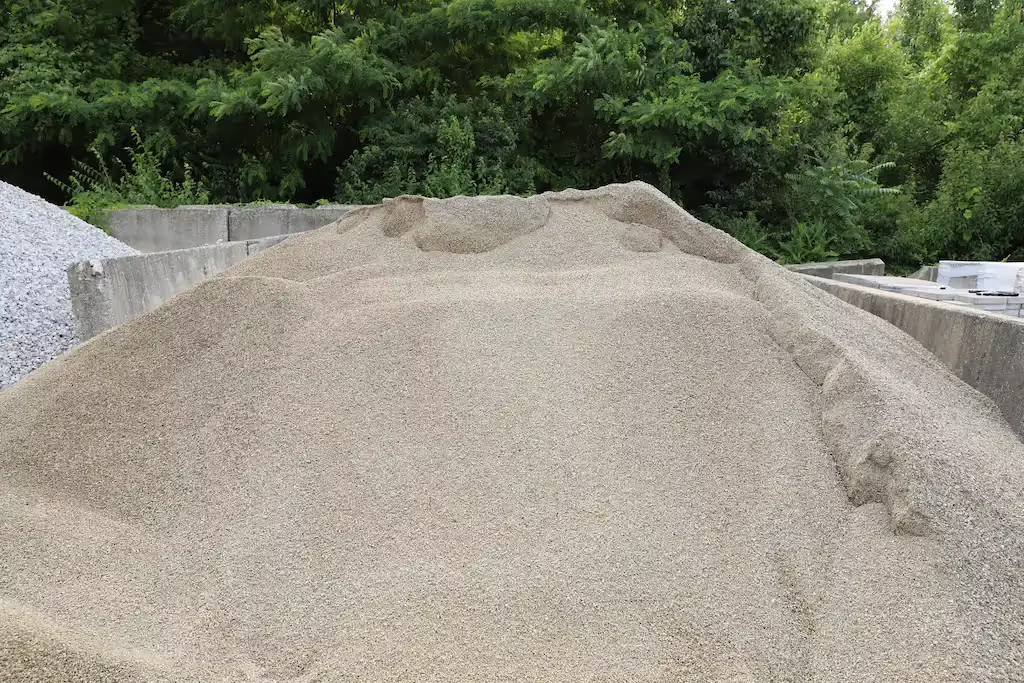
.avif)
.avif)
.avif)
